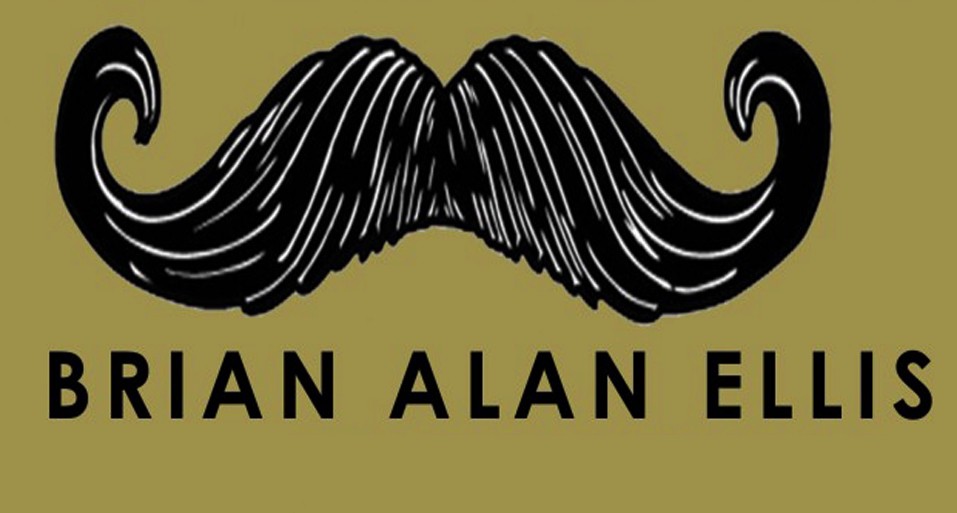Reading Lists
The Best Graphic Novels I’ve Ever Read
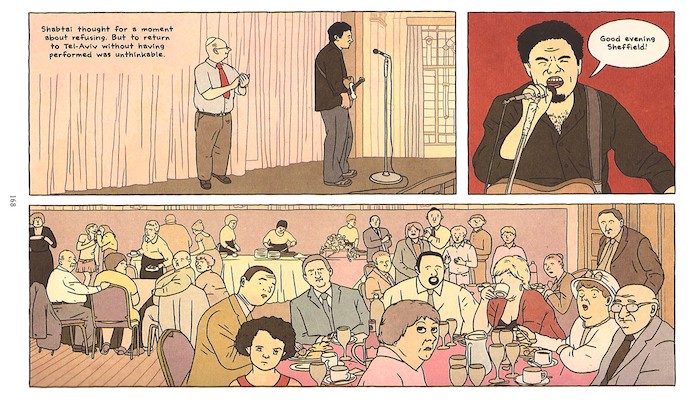
by Katya Ungerman

1. Meat Cake by Dame Darcy
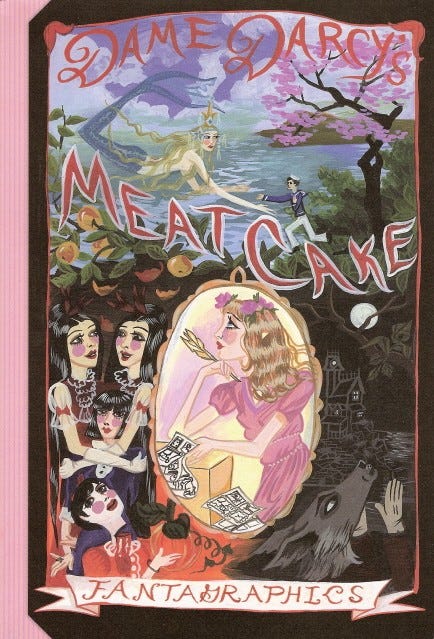
While this one is technically a comic book, I had to include it on the list and I also had to make it number one. Meat Cake was my everything growing up: it informed the way I wrote stories, my own artwork was a complete and total rip off of Dame Darcy’s (culminating in a 2005 spinoff fanzine I made that I tried desperately to get included in Wikipedia), I named my pets after its universe’s strange inhabitants, and boy did I love Dame Darcy’s Paper Doll Fun.
The artwork is carefully drawn and rich in detail, with a distinct Victorian flavor — Dame Darcy’s trademark. Following characters like Strega Pez, a mute who speaks only through a Pez candy that comes out of a slit in her throat, Perfidia and Hindrance, Siamese twins who live in a hollowed out tree stump, and Friend the Girl, the only voice of reason and most normal girl of the entire bunch, Meat Cake is everything you’d want in…well, anything. It’s witchy, it’s whimsical, it’s replete with gothic imagery and not too unlike a Roald Dahl book or L. Frank Baum’s Oz series. It transports you to a fantastical — though, admittedly, slightly terrifying — world you’ll want to return to again and again. You can find the entire collection here.
2. Shortcomings by Adrian Tomine

I discovered Shortcomings via a Korean boy named Lenny I met on Neopets. He lived an hour away from me. I was sixteen, he was seventeen — we secretly met up in a Barnes & Noble — I told my parents I was meeting a friend from school — and he bought me a copy of this book. I read it in one sitting. I didn’t know it at the time, but Shortcomings had been met with critical acclaim upon first being published and Adrian Tomine, its author, was heralded in The New York Times as the Philip Roth of graphic novelists. And yet…despite all of this attention, it wasn’t until a chance encounter in a screenwriting class something like six years later that I met another person who’d even heard of Shortcomings, let alone Tomine at all.
Shortcomings, the story of three young Asian Americans and the struggles they face as minorities,addressed things I had never dealt with, and looking back on it, Lenny’s gift was probably a veiled cue, an invitation for me to “check my privilege,” though that phrase wasn’t in our vernacular yet. Exploring the relationship between sexuality, status and what it means to be an Asian in the states, Shortcomings is something of an anthem — a must read for anyone, particularly Generation Y.
3. Mirror, Window by Jessica Abel

I’m always surprised when I don’t see Abel’s name in those Buzzfeed “Books to read after you graduate and feel like you have no idea what the hell you’re doing with your life” lists. And maybe it’s because graphic novels and comic books just don’t get a lot of press — at least, not in the same way novels do. I guess one might be able to make the argument that Abel is just speaking to a different generation, but we certainly have a 90’s nostalgia problem, so what gives, guys?
Mirror, Window, like much of Abel’s work, hones in on the lives of urban twentysomethings. But this isn’t an illustrated Girls, although I would confidently say it’s exactly what Girls is striving to be. Abel’s work is authentic in a way that someone writing outside of a bubble of privilege can be authentic; her presentation of her characters’ floundering does not come off as spoiled or self-indulgent, but instead, with sincerity.
4. My Brain Is Hanging Upside Down by David Heatley
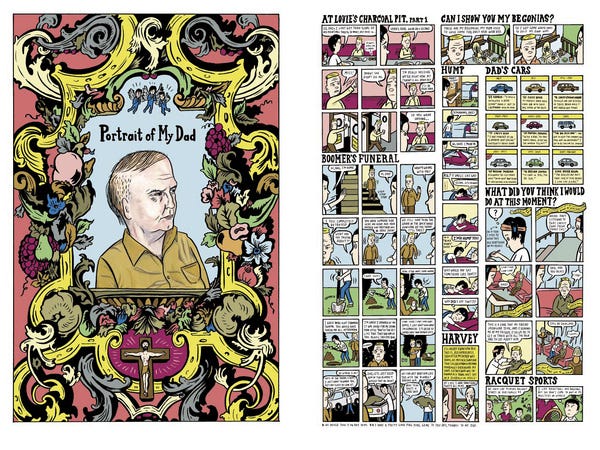
If you’re a writer or consumer of any kind of confessional writing — poetry, diary entries, fiction — you should read My Brain Is Hanging Upside Down. An autobiography in six parts (my favorite of those being “Black History,” a description of every encounter with a black person Heatley’s ever had), this graphic novel is, bar none, the best meditation of the self I have ever read. At once heart wrenching and hilarious, we are given a window into Heatley’s soul: his relationship with his parents, his relationship with his own subconscious, with his sexuality. While the artwork leans towards the crude side, the writing is honest. Its honesty doesn’t weigh it down either: it’s comprehensive, beautifully paced and masterfully written.
5. Jamilti and Other Stories by Rutu Modan
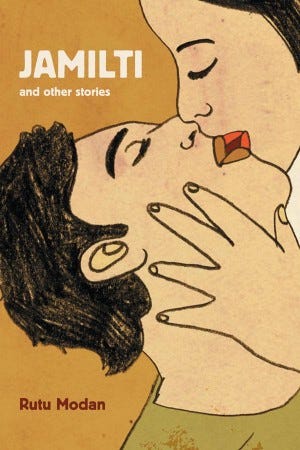
Most of us have probably read (or at least heard of) Rutu Modan’s Exit Wounds. It’s taught in small liberal arts colleges; it’s taken apart by the same kind of people who probably shamed you into buying Infinite Jest at one point. But Jamilti, Modan’s collection of short stories, is the superior work. Addressing everything from the political to the whimsical, Jamilti is the kind of work that you’ll read as quickly as your body is physically able to, and it will haunt you for the weeks following.
6. Confidential Confessions by Reiko Momochi
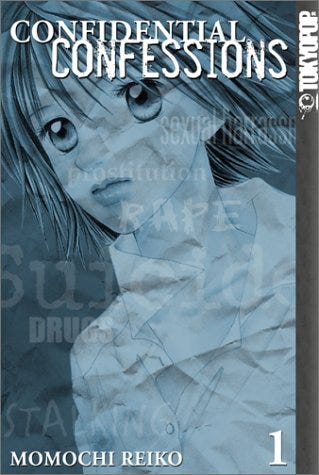
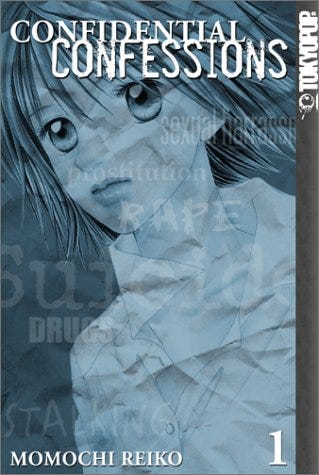
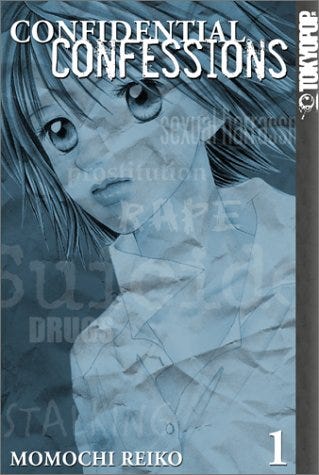
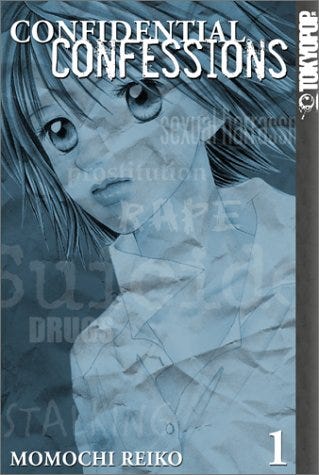
Okay, so, again, not a graphic novel per se. A manga series. Manga probably deserves a list unto itself, but it felt dirty not including this gem. I’m not sure how popular or well-known this series is and I read it a long time ago, but I give it airtime any time I get the chance. Each installment in the series is like a self-contained Lifetime drama and I love it. The stories are supposed to serve as cautionary tales, but instead, come off as kitschy after school specials — naturally, it was packaged as a “an honest exploration of the harsh reality’s of today’s youth,” and instead, you’re greeted with superficiality, fear mongering and things you can’t buy are real, even in Japan. But it’s too good. Once you start, you absolutely cannot stop. Plus, the art’s pretty good.
7. Asterios Polyp by David Mazzuchelli
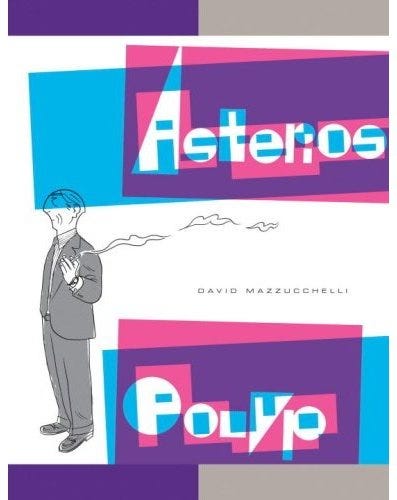
Asterios Polyp isn’t the kind of book you can read once and walk away from. It takes several reads — at least one of them under the guidance of someone with a robust education in literature. The title character is a fifty year old Greek architect who teaches at Cornell University. After a freak accident burns down his apartment, he leaves Ithaca on a bus and starts working as a mechanic in a nowhere American town. Woven into the story are scenes from his past and inner mind: his childhood, his troubled marriage, his dreams. The novel asks the question: Who are we and why? And like all great works, it doesn’t give us a succinct answer.
It’s no surprise that Asterios Polyp was the recipient of Los Angeles Times Book Prize and three Harvey Awards.

Bonus: Creepy Susie and Thirteen Other Tragic Tales For Troubled Children by Angus Oblong
This isn’t a comic. Or a graphic novel. Or manga. It’s just an illustrated storybook. But people should be reading it.If you didn’t watch The Oblongs during one of its two runs, you missed out. Like Tim Burton, Oblong does a beautiful job of marrying the preppy and the gothic: think Edward Gorey meets Whit Stillman’s Metropolitan, if you can… and if you can’t consider this collection of stories has titles like, “Emily Amputee,” and “Dick and Muffy.”





